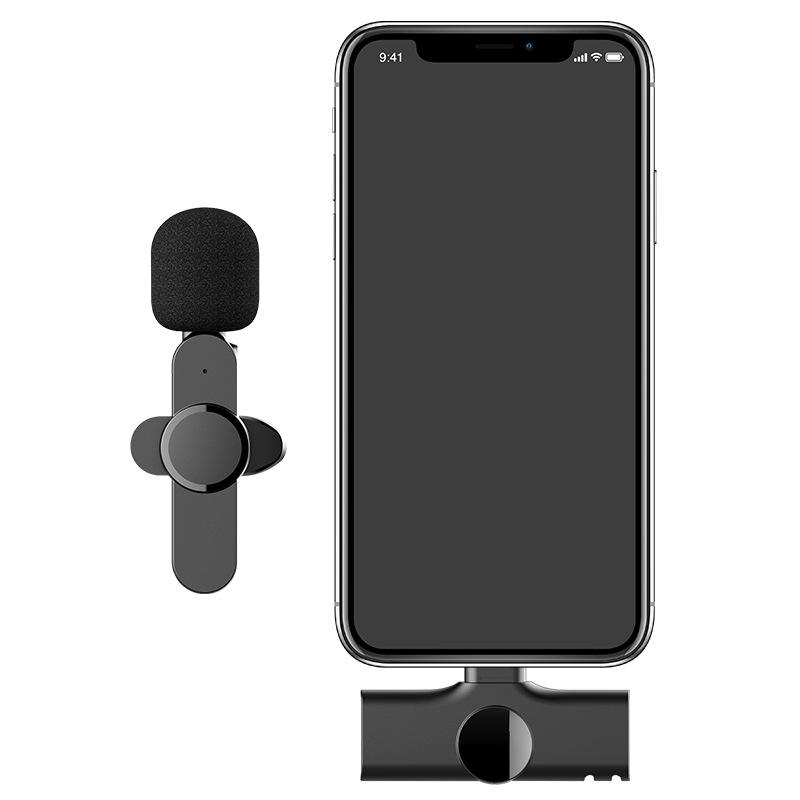How To Make Microphone Sound Better On Discord?
Improving Microphone Sound Quality on Discord: A Comprehensive Guide
In the digital age, clear communication is paramount, especially when it comes to online interactions. Discord, a popular platform for gamers, professionals, and communities, relies heavily on voice communication. However, many users often face issues with microphone sound quality, which can hinder effective communication. This article aims to provide a detailed guide on how to make your microphone sound better on Discord, ensuring that your voice is heard clearly and crisply.
Understanding the Basics

Before diving into the technical adjustments, it’s essential to understand the basics of microphone quality. The sound quality of your microphone on Discord can be influenced by several factors, including the type of microphone, its placement, the environment, and the software settings. Here’s a breakdown of these factors:
1. Microphone Type: Different microphones have varying levels of quality. USB microphones generally offer better sound quality than built-in laptop microphones or cheap headsets.
2. Microphone Placement: The distance and angle of the microphone relative to your mouth can significantly impact sound quality. Too close, and you might get distortion; too far, and your voice may sound faint.
3. Environment: Background noise and room acoustics play a crucial role. A noisy environment or a room with lots of echo can degrade sound quality.
4. Software Settings: Proper configuration of Discord and your operating system’s sound settings is vital for optimal performance.
Step-by-Step Guide to Improve Microphone Sound Quality on Discord

1. Choose the Right Microphone

Investing in a good-quality microphone is the first step. USB microphones like the Blue Yeti or Audio-Technica AT2020 are popular choices for their superior sound quality. If you’re using a headset, ensure it’s from a reputable brand known for good audio performance.
2. Optimize Microphone Placement

Proper placement of your microphone can make a significant difference. Here are some tips:
- Distance: Keep the microphone about 6-12 inches away from your mouth.
- Angle: Position the microphone slightly off to the side to avoid plosive sounds (like ‘p’ and ‘b’ sounds).
- Pop Filter: Use a pop filter to reduce plosive sounds and improve clarity.
3. Create a Suitable Environment
Minimizing background noise and echo can enhance your microphone’s sound quality. Consider the following:
- Quiet Space: Choose a quiet room for your recordings or calls.
- Soundproofing: Use soundproofing materials like foam panels or carpets to reduce echo.
- Background Noise: Turn off fans, air conditioners, and other noisy appliances during your calls.
4. Adjust Discord Settings
Discord offers several settings to optimize your microphone’s performance. Here’s how to configure them:
- Input Sensitivity: Go to User Settings > Voice & Video. Ensure that ‘Automatically determine input sensitivity’ is turned off. Adjust the slider so that your voice is picked up clearly without background noise.
- Noise Suppression: Enable ‘Noise Suppression’ to reduce background noise.
- Echo Cancellation: Turn on ‘Echo Cancellation’ to minimize echo.
- Advanced Voice Activity: Enable ‘Advanced Voice Activity’ for better voice detection.
- Quality of Service High Packet Priority: Turn this on to prioritize your voice packets over other types of data.
5. Adjust Operating System Settings
Your operating system’s sound settings can also impact microphone quality. Here’s how to optimize them:
- Windows:
- Right-click the sound icon in the taskbar and select ‘Sounds’.
- Go to the ‘Recording’ tab, select your microphone, and click ‘Properties’.
- In the ‘Levels’ tab, adjust the microphone volume to around 75-85%.
- In the ‘Enhancements’ tab, enable options like ‘Noise Suppression’ and ‘Acoustic Echo Cancellation’.
- Mac:
- Go to System Preferences > Sound.
- Select the ‘Input’ tab and choose your microphone.
- Adjust the input volume to an appropriate level.
6. Use Third-Party Software
Third-party software can provide additional enhancements to your microphone’s sound quality. Some popular options include:
- Voicemeeter: A virtual audio mixer that allows you to fine-tune your microphone settings.
- Equalizer APO: An open-source equalizer that can be used to adjust your microphone’s frequency response.
- NVIDIA RTX Voice: If you have an NVIDIA RTX graphics card, this software uses AI to reduce background noise.
7. Regular Maintenance
Regular maintenance of your microphone and its settings can ensure consistent sound quality. Here are some tips:
- Clean Your Microphone: Dust and debris can affect sound quality. Clean your microphone regularly with a soft cloth.
- Check for Updates: Ensure that your microphone’s drivers and Discord are up to date.
- Test Regularly: Periodically test your microphone settings to ensure they are still optimal.
Troubleshooting Common Issues
Even with the best setup, you might encounter issues. Here are some common problems and their solutions:
- Static or Buzzing Noise: This can be caused by electrical interference. Ensure that your microphone cable is not tangled with power cables. Using a USB hub with a separate power source can also help.
- Low Volume: If your microphone volume is too low, check the input volume settings in both Discord and your operating system. Ensure that the microphone is not muted or turned down.
- Distorted Sound: Distortion can occur if the microphone is too close to your mouth or if the input volume is too high. Adjust the placement and volume settings accordingly.
Improving your microphone sound quality on Discord involves a combination of choosing the right hardware, optimizing placement, creating a suitable environment, and fine-tuning software settings. By following the steps outlined in this guide, you can ensure that your voice is heard clearly and effectively, enhancing your overall communication experience on Discord. Whether you’re gaming, working, or socializing, clear and crisp audio can make a significant difference in your interactions.
